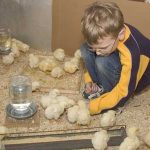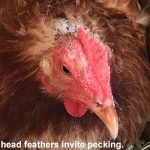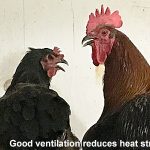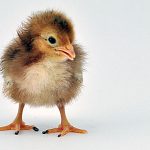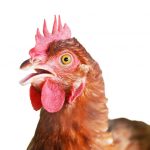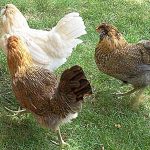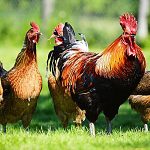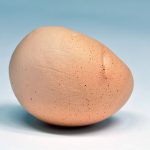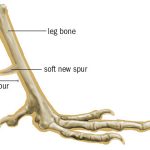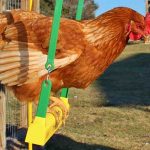
In past blogs we’ve looked at different forms of cannibalism and the causes of cannibalism. But, despite your best efforts, your chickens persist in pecking one another. So let’s take a look at how to control cannibalism in chickens once it gets started. Identify the Perp At the first sign of picking, remove the injured […]
Continue Reading
